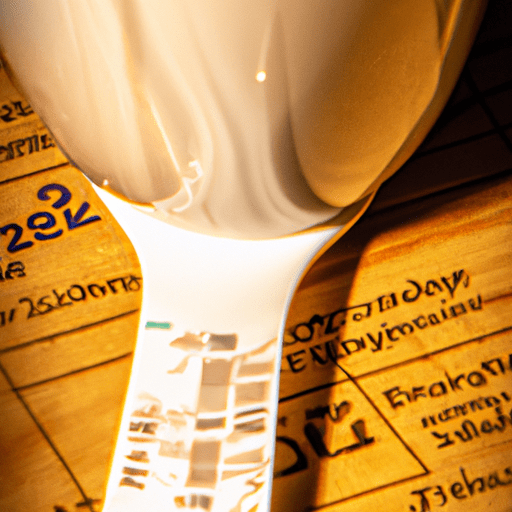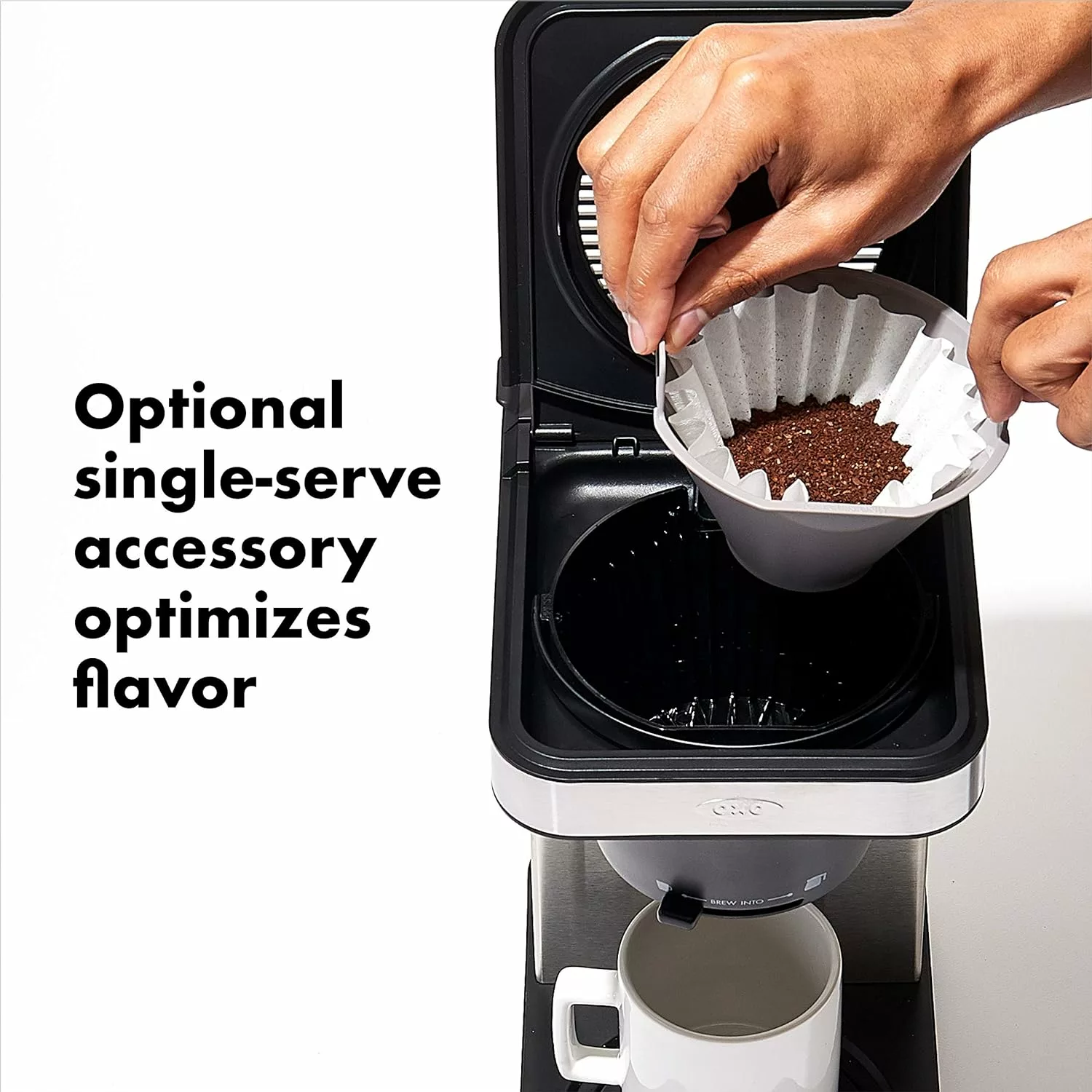Have you ever wondered how much a simple teaspoon of coffee actually weighs? It may seem like a small and inconsequential question, but understanding the weight of a teaspoon of coffee can actually have a significant impact on your brewing process. In this article, we will explore the importance of measuring the weight of a teaspoon of coffee, and provide you with some tips and tricks on how to achieve the perfect cup of joe every time. Get ready to dive into the fascinating world of coffee measurement!

This image is property of images.pexels.com.
Understanding the Basics
Identifying various types of coffee
Before diving into the topic of coffee measurement, it’s important to have a basic understanding of the different types of coffee available. Coffee can be classified based on its origin, roast level, and preparation method. Some popular types of coffee include Arabica, Robusta, espresso, drip coffee, and instant coffee. Each type has its own unique characteristics and flavors that cater to different preferences.
Defining various measurement tools
When it comes to measuring coffee, there are several tools at your disposal. The most common ones include scales, measuring spoons, and cups. Scales are a precise and accurate option for measuring the weight of coffee, while measuring spoons provide a convenient way to measure smaller quantities. Cups, on the other hand, are often used for measuring water and determining the coffee to water ratio.
Defining the term ‘weight’
In the context of coffee measurement, weight refers to the mass of a given quantity of coffee. It is typically measured in grams or ounces. Understanding the weight of coffee is crucial for achieving consistency in brewing and ensuring the desired flavor profile. By knowing how much coffee you are using, you can replicate the same taste and strength in each brew.
The Importance of Coffee Measurement
Consistency in taste
One of the key reasons why coffee measurement is important is to maintain consistency in taste. Whether you’re brewing a single cup or a full pot of coffee, using the correct amount of coffee ensures that you achieve the desired flavor every time. Consistency is especially important for coffee shops and enthusiasts who aim to deliver a consistent taste experience to their customers or themselves.
Budgeting coffee consumption
In addition to taste consistency, measuring coffee also helps with budgeting your coffee consumption. By knowing the precise amount of coffee you use per brew, you can estimate how much coffee grounds you need to purchase for a specific duration. This allows you to plan your coffee purchases effectively and avoid any wastage or unexpected shortage.
Explaining coffee to water ratio
Coffee to water ratio is a fundamental concept in coffee brewing. It refers to the ratio of coffee grounds to water used in a brew. Measuring the weight of coffee helps you determine the appropriate coffee to water ratio, which directly impacts the strength and flavor of the final brew. Maintaining the right balance ensures that your coffee is neither too weak nor too strong, resulting in a well-rounded and enjoyable cup.
Identifying Different Coffee Grinds
Whole beans
Whole beans are the starting point of coffee preparation. They are the raw state of coffee before being ground. Whole beans have a longer shelf life compared to ground coffee because the internal compounds that contribute to flavor and aroma are better preserved. To use whole beans, you will need a coffee grinder to grind them into a suitable consistency for your preferred brewing method.
Coarse ground
Coarse ground coffee is characterized by its larger particle size. It has a texture similar to kosher salt or breadcrumbs. Coarse grind is commonly used in brewing methods like French press and cold brew, where the coffee grounds are in contact with water for an extended period. The larger particles allow for a slower extraction process, resulting in a less bitter and smoother cup of coffee.
Medium ground
Medium ground coffee falls between coarse and fine grind in terms of particle size. It is often used in drip coffee makers and pour-over methods. The medium grind allows for a balanced extraction, ensuring that the flavors and aromas are extracted evenly without over-extraction or under-extraction.
Fine ground
Fine ground coffee has a fine texture similar to sand or sugar. It is commonly used in espresso machines and moka pots, where a quick and intense extraction is desired. The smaller particle size of fine grind allows for a faster extraction of flavor compounds, resulting in a concentrated and rich cup of coffee.
Extra fine ground
Extra fine ground coffee is even finer than fine grind. It has a texture similar to powdered sugar. This grind size is typically used in Turkish coffee preparation, where the coffee grounds are not filtered out during brewing. The extra fine grind ensures that the coffee grounds dissolve completely, producing a full-bodied and strong cup of coffee.
Review of Measuring Tools
Scales
Scales are highly recommended for precise coffee measurement. Digital kitchen scales provide accurate readings and allow you to measure coffee in grams or ounces. Using a scale eliminates any guesswork and ensures that you can consistently measure the desired amount of coffee. Scales are particularly useful when you need to measure smaller quantities, as even slight variations can have a noticeable impact on the brew.
Measuring spoons
Measuring spoons are a convenient alternative to scales, especially when measuring larger quantities of coffee. They usually come in sets with different spoon sizes, allowing you to choose the appropriate volume for your needs. While measuring spoons might not offer the same level of accuracy as scales, they can still provide a reasonable estimation of the coffee weight when used consistently.
Cups
Cups are commonly used for measuring the volume of water, which is crucial for determining the coffee to water ratio. While cups are not as precise as scales or measuring spoons when it comes to coffee measurement, they are a practical tool for those who prefer a simpler approach. Cups can be useful for quickly estimating the approximate weight of coffee, especially if you are comfortable with a certain brewing method and have developed an eye for it.

This image is property of images.pexels.com.
Procedure to Weigh a Teaspoon of Coffee
Preparation of materials
To weigh a teaspoon of coffee accurately, you will need a few things: a digital scale, a clean teaspoon, and the coffee you wish to measure. Make sure the scale is calibrated correctly before starting the measurement process. Ensure that the scale is on a stable surface and free from any interference that could affect the accuracy of the reading.
Step-by-step process
- Place the clean teaspoon on the scale and tare (zero) the scale to exclude the weight of the teaspoon.
- Carefully scoop a level teaspoon of coffee grounds onto the teaspoon. Try to avoid excessive spillage or compacting of the coffee grounds, as it may affect the accuracy of the measurement.
- Read the weight displayed on the scale. This reading represents the weight of a teaspoon of coffee.
Safety precautions while measuring
While weighing coffee may seem like a simple task, it is important to prioritize safety. Always handle the coffee grounds and equipment with clean hands to avoid contamination. It is also advisable to keep the scale away from water or any liquids to prevent damage. Lastly, make sure to follow the manufacturer’s instructions and recommended usage limits for your specific scale.
Factors Affecting Coffee Weight
The coarseness of the grind
The coarseness of the coffee grind can significantly impact the weight. In general, coarser grinds will be lighter than finer grinds. This is because the larger particle sizes occupy more volume with less mass. Fine grinds, on the other hand, are denser and heavier due to their smaller particle sizes. When measuring coffee, it’s important to take into account the grind size and adjust your measurement accordingly.
The type of coffee
Different types of coffee, such as Arabica and Robusta, can vary in density and moisture content. These variations can cause slight differences in weight. While the impact on weight is minimal, it’s worth considering the type of coffee you are using and any associated weight differences. The key is to understand how your chosen coffee behaves and adjust your measurements accordingly for consistent results.
Humidity and other environmental factors
Coffee is hygroscopic, meaning it absorbs moisture from the environment. In humid conditions, coffee grounds can absorb moisture and become denser, resulting in a slightly increased weight. On the other hand, in dry conditions, coffee grounds can lose moisture and become lighter. While these variations are usually minimal, it’s important to account for environmental factors if you strive for precise measurements.

This image is property of images.pexels.com.
How Much Does a Teaspoon of Different Coffee Grinds Weigh
Whole beans
A teaspoon of whole coffee beans typically weighs around 2-3 grams, depending on their size and density. It’s important to note that this weight measurement includes the whole beans and not just the coffee grounds. If you plan on grinding your own beans, be sure to factor in the general weight of the whole beans when using a teaspoon as a measuring tool.
Coarse ground
A teaspoon of coarse ground coffee usually weighs around 4-6 grams. The coarser particle size of this grind results in a lighter weight compared to finer grinds. However, these measurements are approximate and can vary depending on factors such as the grind consistency, moisture content, and bean origin.
Medium ground
A teaspoon of medium ground coffee typically weighs around 6-8 grams. This grind size usually falls in the mid-range in terms of weight. Again, the actual weight can be influenced by factors such as moisture content, bean origin, and grind consistency. It’s always recommended to use a scale for precise measurements.
Fine ground
A teaspoon of fine ground coffee generally weighs around 8-10 grams. The finer particle size makes this grind denser, resulting in a slightly heavier weight. Remember to account for any variations caused by factors like grind consistency, moisture content, and bean origin if you want to achieve accurate measurements.
Extra fine ground
A teaspoon of extra fine ground coffee typically weighs around 10-12 grams. The extremely fine texture of this grind makes it more compact, resulting in a slightly higher weight compared to coarser grinds. Again, variations can occur depending on the factors mentioned earlier, so it’s important to be aware of these potential differences.
Frequently Asked Questions about Coffee Weight
Difference between weight and volume
Weight and volume are two different measurements used in coffee brewing. Weight refers to the mass of a substance, such as coffee grounds, and is typically measured in grams or ounces. Volume, on the other hand, measures the physical space occupied by a substance, such as milliliters or fluid ounces. While weight provides a more accurate and consistent measurement, volume can be a practical estimation for those who do not have access to scales.
Conversion of coffee measurements
Converting coffee measurements from weight to volume or vice versa can be helpful when following recipes or experimenting with different brew ratios. To convert coffee weight to volume, you need to know the density of the coffee you are using. You can then use a conversion chart or online calculator to determine the corresponding volume measurement. Keep in mind that these conversions are approximate and can vary based on factors like moisture content and grind size.
Impact of coffee weight on caffeine content
The weight of coffee grounds does not directly correlate to its caffeine content. Caffeine is a chemical compound naturally found in coffee, and its concentration is determined by factors such as the type of coffee and the brewing method. While using a larger amount of coffee grounds may result in a stronger and more caffeinated cup, it does not necessarily mean that the caffeine content is directly proportional to the weight of the coffee used.
Common Mistakes in Measuring Coffee Weight
Not considering the type of coffee grind
Different grind sizes can have different weights, and it’s important to adjust your measurement accordingly. Using the same teaspoon measurement for both coarse and fine grinds can result in incorrect coffee to water ratios and affect the overall taste of your brew. Always consider the specific characteristics of the grind you are using and be mindful of any weight variations.
Using inaccurate tools
Using inaccurate or imprecise measuring tools can lead to inconsistent results. Eyeballing or relying on estimations can result in imbalanced coffee to water ratios and affect the taste of your brew. Investing in a reliable scale or using measuring spoons that are calibrated for your desired measurement can greatly improve the accuracy and consistency of your coffee brewing.
Confusing weight with volume
Weight and volume are two different measurements, and it’s important not to confuse the two when measuring coffee. Volume measurements, such as teaspoons or tablespoons, provide an estimation of the coffee quantity but may not be as accurate as weight measurements. Without considering the weight of the coffee, you may experience inconsistency in taste and strength, especially when trying to replicate a particular flavor profile.
Practical Tips for Weighing Coffee
How to calibrate your measuring tools
Regular calibration of your measuring tools is essential for accurate coffee measurement. Scales can drift in accuracy over time, so it’s important to calibrate them periodically. Most digital kitchen scales have a calibration function or a specific procedure outlined in the user manual. Follow the manufacturer’s instructions to ensure that your scale provides accurate readings.
How to store coffee for consistent weight
To maintain consistent coffee weight, proper storage is crucial. Coffee should be stored in a cool, dry place, away from direct sunlight and moisture. It is best to store coffee in an airtight container to prevent exposure to oxygen, which can lead to oxidation and degradation of flavor compounds. By storing coffee properly, you can preserve its freshness and ensure consistent measurements.
How to make weight-to-volume conversions
If you need to convert coffee weight to volume or vice versa, it’s important to understand the density of the coffee you are using. Different coffee types and grind sizes can have different densities, which directly impact the weight-to-volume ratio. Using a conversion chart or online calculator specific to the coffee you are using can help you make accurate conversions. However, keep in mind that these conversions are approximate and can be influenced by various factors.
In conclusion, understanding the basics of coffee measurement is key to achieving consistency, both in taste and budgeting. By identifying the different types of coffee grinds and familiarizing yourself with various measurement tools, you can accurately weigh your coffee and adjust the coffee to water ratio for your preferred brewing method. Remember to consider factors like the coarseness of the grind, the type of coffee, and environmental conditions that may affect the weight measurement. Avoid common mistakes and follow practical tips for weighing coffee to ensure a consistent and enjoyable brewing experience.




